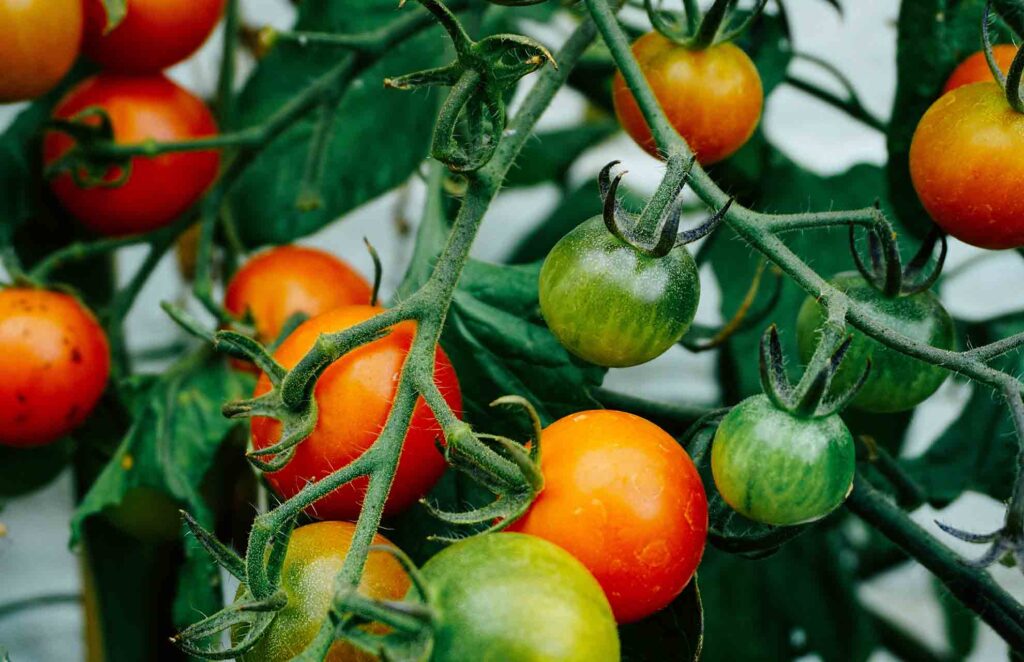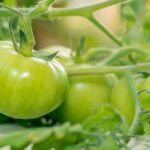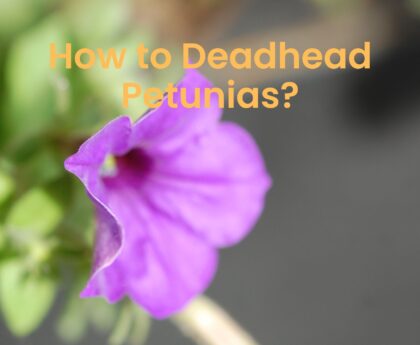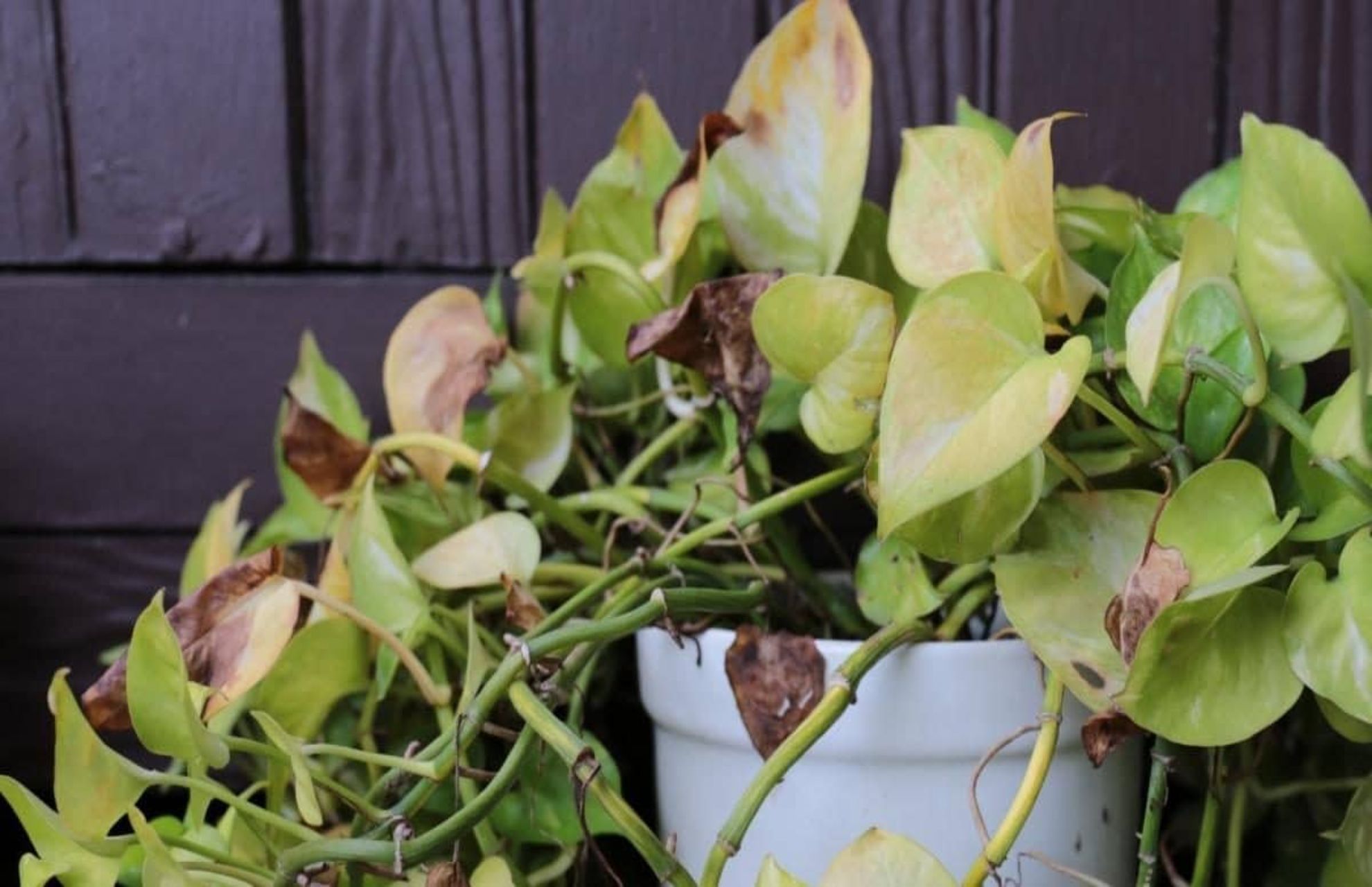Growing tomatoes is an enjoyable and profitable task, ensuing in masses of fresh, nutritious tomatoes that style higher than whatever you can purchase in the plants. Tomatoes are convenient to develop and taste great when grown in full sun. Now, let us learn how to grow tomatoes from planting to harvest.
Something About Growing Tomatoes
Tomato plants are tender warm-season crops that love the sun and can not bear frost. It’s important not to put plants in the ground too early. In utmost regions, the soil isn’t warm enough to plant tomatoes outside until late spring and early summer except in zone 10, where they’re a fall and winter crop.
Tomatoes take 60 days to further than 100 days to crop, depending on the variety. Due to their fairly long growing season conditions (and late planting date), utmost gardeners plant small “starter plants” Or transplants instead of seeds after the rainfall has warmed up in spring. Numerous gardeners buy their transplants at a garden center or nursery but you can clearly grow what you enjoy from seed indoors.
Planting Tomatoes
When To Plant Tomatoes
Still, sow indoors 6 weeks before the last anticipated spring frost date in your area, if you’re starting tomatoes from seed. Sow seeds 1/ 2-inch deep in small servers. Plant seedlings outside about 2 weeks after that date or when temperatures stay in the mid-50 degree range both day and night.
Still, it’s also possible to direct-seed tomatoes in the theater soil (1/ 2-inch deep) but not before the soil is at least 55 °F, if you have a long enough growing season. Note that 70 °F soil is optimum for maximum germination within 5 days.
Hardening Off Tomatoes
- Still, you’ll need to “harden off” The seedlings for a week before broadcasting them in the ground, if you’re buying or growing the launch plants. Set them outside in the shade for a few hours on the first day. Gradually increase this time each day to include some direct sun.
Transplanting Tomatoes
- Transplant your seedlings (or your nursery-grown plants) into the ground outside after all danger of frost has passed and the soil is at least 60 °F.
- Place tomato stakes or cages in the soil at planting. Staking and caging keep developing fruit off the ground (to avoid disease and pests) and also help the plant to stay upright.
- When you plant tomatoes, add a sprinkle of organic tomato fertilizer or bone meal (a good source of phosphorus) to the planting hole. Do not apply high nitrogen diseases similar to those recommended for meadows, as this will promote luxurious leafage but can delay flowering and regenerating.
- When planting seedlings, pinch off a few of the lower leaves.
- Remember to allow enough space for the plants to spread out.
- Water well to reduce shock to the roots.
Growing Tomatoes In Containers
- Use a large pot or container (at least 20 inches in diameter) with drainage holes in the bottom.
- Use loose, well-draining soil(e.g., at least 12 inches of a good “ replanting blend ” With added organic material).
- A charger of some kind should be placed under the pot to catch any redundant water that drains out the bottom.
- Choose determinate types, similar to backcountry or dwarf kinds. Numerous cherry tomatoes grow well in pots. High kinds may need to be staked.
- plant one tomato plant per pot and give each at least 6 hours of sun per day.
- Keep soil moist. Containers will dry out more quickly than theater soil, so check diurnal and give redundant water during heat waves.

Growing Tomatoes
Watering
- Water in the early morning so that plants have sufficient humidity to make it through a hot day.
- Water generously the first many days that the tomato seedlings or transplants are in the ground.
- Also water with about 2 inches (about1.2 gallons) per forecourt bottom per week during the growing season. Deep watering encourages a strong root system.
- Avoid overhead watering and afternoon watering. Water at the base/ soil position of a plant to avoid splashing water on the leaves (which invites disease).
- Mulch 5 weeks after broadcasting to retain humidity, keep soil from splashing the lower leaves, and control weeds. Apply 2 to 4 inches of organic mulch similar to straw, hay, or dinghy chips.
- To help tomatoes through periods of drought, find some flat rocks and place one coming to each plant. The jewels help water from evaporating from the soil.
Fertilizing
- You should have already worked compost into the soil before planting, and added some bonemeal to the planting hole when broadcasting.
- Side-dress plants, applying liquid seaweed or fish conflation or an organic fertilizer every 2 weeks, starting when tomatoes are about 1 inch in the periphery (some folks say golf ball-size). Still, pull mulch back many inches and scrape 2 to 3 soup spoons toxin around the drip line of the plant, if you’re using an organic grainy formula similar to Espoma tomato-tone(4-7-10 or 3-4-6). Water in, and replace the mulch.
- Continue fertilizing tomatoes about every 3 to 4 weeks until frost.
- Note avoid fast-release fertilizers and avoid high-nitrogen fertilizers. As stated, too much nitrogen will affect lush leafage but few flowers and little or no fruit.
Pruning, Pinching, Staking
- Still, pinch off suckers (new, bitsy stems and leaves between branches and the main stem), if growing vining tomatoes. This aids air rotation and allows more sun into the middle of the plant.
- Gently tie the stems to stakes with rags, nylon socks, twine, or soft string.
- As a plant grows, trim the lower leaves from the bottom 12 inches of the stem.








